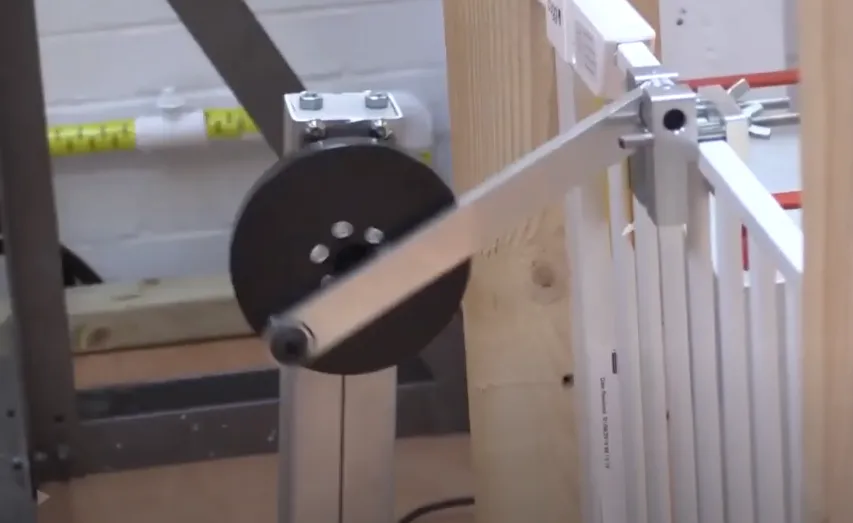ASTM D6007 Formaldehyde Emission Testing of Children’s Furniture Materials
The ASTM D6007 standard is a critical tool in ensuring the safety and quality of children's furniture by regulating formaldehyde emissions. This standard specifically addresses the emission of formaldehyde from materials used in the construction of children's furniture, focusing on preventing exposure to harmful levels of this volatile compound.
Formaldehyde, while widely used as a preservative and adhesive agent in manufacturing wood-based products, can pose health risks if present at high concentrations. It is important for manufacturers to ensure that their products comply with the stringent testing requirements set forth by ASTM D6007. This ensures not only regulatory compliance but also the protection of children's health.
The testing process involves several key steps: specimen preparation, environmental chamber conditioning, exposure period, sample collection, and analysis. Specimens are carefully prepared to replicate real-world conditions as closely as possible. The specimens are then placed in a climate-controlled environmental chamber where they undergo controlled exposure over a specified duration.
During this time, formaldehyde is continuously monitored using sophisticated analytical instruments designed specifically for the detection of trace amounts of formaldehyde. Once the exposure period ends, samples are collected and analyzed to determine their formaldehyde emission levels. The results must meet or exceed the acceptable limits set by ASTM D6007 to pass testing.
The use of this standard is not only beneficial for manufacturers but also for consumers who can trust that the furniture they purchase adheres to strict safety guidelines. By using ASTM D6007, we ensure that children's exposure to formaldehyde from their furniture remains within safe limits.
| Stage | Description |
|---|---|
| Specimen Preparation | Pieces of the furniture material are cut to standard dimensions. |
| Environmental Chamber Conditioning | The specimens are kept in a controlled environment for a specified period. |
| Exposure Period | The specimens are exposed to controlled temperature and humidity levels. |
| Sample Collection | Formaldehyde samples are collected from the exposure chamber at specific intervals. |
| Analysis | The collected samples are analyzed for formaldehyde content using advanced analytical techniques. |
Quality and Reliability Assurance
Ensuring that the testing process adheres to ASTM D6007 is crucial for maintaining high standards of quality and reliability. Our laboratory employs highly skilled technicians who are trained in the latest techniques and methodologies to ensure accurate and consistent results.
We have state-of-the-art equipment capable of detecting even trace amounts of formaldehyde, providing precise measurements that are essential for meeting the stringent requirements of this standard. Regular calibration and validation of our instruments ensure their accuracy and reliability throughout each testing cycle.
In addition to strict adherence to ASTM D6007, we also employ rigorous quality control measures at every stage of the testing process. This includes thorough record-keeping, regular internal audits, and continuous improvement initiatives aimed at enhancing our testing capabilities further.
Customer Impact and Satisfaction
- Peace of mind for parents knowing that the furniture they purchase is safe from harmful formaldehyde emissions.
- Enhanced brand reputation through compliance with international standards, ensuring trust among consumers.
- Reduced risk of product recalls and associated costs due to non-compliance issues.
Use Cases and Application Examples
| Furniture Type | Testing Criteria |
|---|---|
| Beds and Bunk Beds | Emission levels of formaldehyde from wood components. |
| Closet Doors | Release rates of formaldehyde over a specified period in controlled conditions. |
| Baby Cribs and Rockers | Quantification of formaldehyde emissions from softwood veneer panels. |





